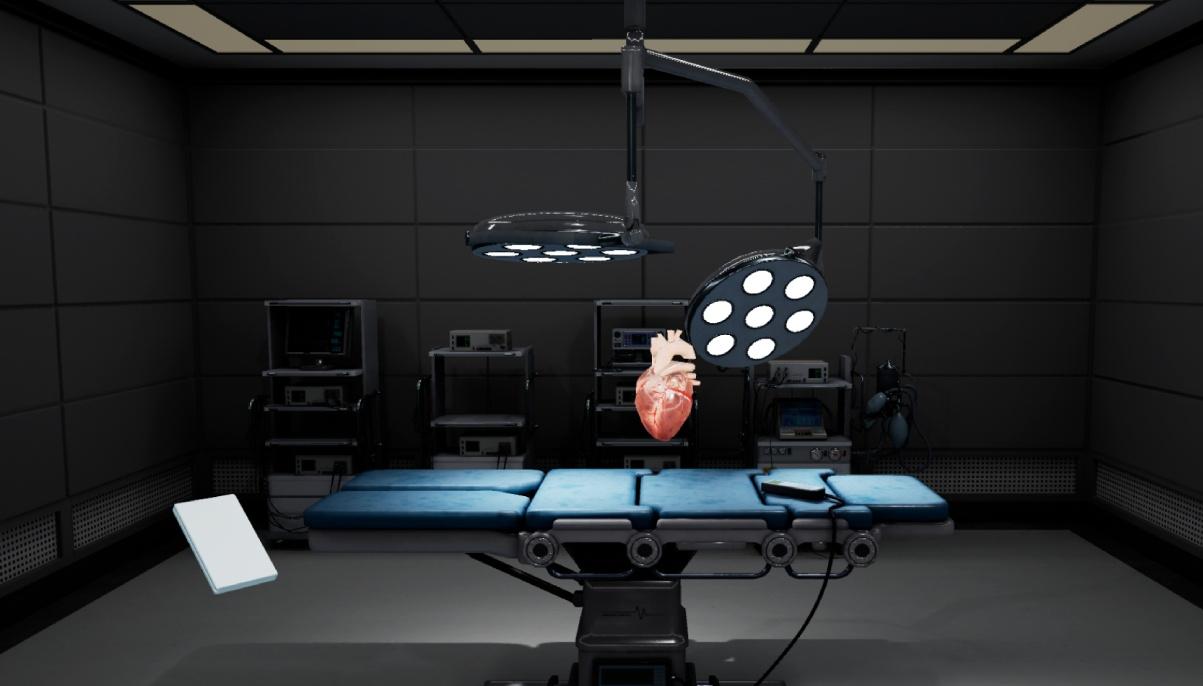As the world becomes increasingly digital, it’s no surprise that the education sector is starting to utilize cutting-edge technologies like artificial intelligence (AI) and virtual and augmented reality (VR and AR). But what exactly could these tools mean for the future of education?
Let’s start with AI. Imagine a world where your child’s education is tailored specifically to their unique needs and abilities. No more one-size-fits-all lesson plans – instead, AI could be used to create personalized learning experiences that adapt to the individual student. This could involve using machine learning algorithms to analyze a student’s progress and identify areas where they may be struggling, and then providing targeted support to help them catch up. AI could also be used to suggest additional learning materials or activities that might be particularly helpful for a particular student.
Personalized learning isn’t the only way AI could revolutionize education. AI could also be used to automate grading and feedback, freeing up teachers to spend more time interacting with students and providing support. This could be especially useful in large classes, where it might be difficult for a teacher to provide individualized feedback to every student. Also as we’ve seen with the generative AI revolution currently happening with Midjourney, ChatGPT, and others, AI will be used to generate customized content and materials based on a student’s specific needs and goals.

Virtual Learning Space in Axon Park
Now, let’s turn to VR and AR. These technologies have the potential to completely change the way we think about learning. With VR and AR, students could experience historical sites and distant countries without ever leaving the classroom (or even the couch). Imagine being able to visit the Great Wall of China or the Pyramids of Giza without the hassle of coordinating transportation and accommodations. And with the power of AI, these virtual excursions could be made even more immersive and interactive, with the ability to provide real-time translations or additional information about the sights and sounds students are experiencing.
But the benefits of VR and AR in education go beyond field trips. These technologies could also be used to create virtual lab environments, allowing students to perform experiments and simulations in a safe and controlled environment. This could be especially useful for science classes, where students might not have access to the necessary equipment or materials to perform experiments in person. VR and AR could also be used to create virtual internships or job shadowing experiences, giving students the opportunity to gain practical skills and experience in a variety of industries.
But perhaps one of the most exciting potential applications of AI and VR/AR in education is their ability to facilitate collaborative learning. The metaverse, or shared virtual space, could allow students to work on group projects and assignments in a virtual campus, regardless of their physical location. This could be especially useful for students who are unable to meet in person due to geographic restrictions, travel costs, or other commitments.

Students Together in Axon Park
And let’s not forget about the potential for these technologies to increase access to education. With virtual and augmented reality, students in remote or underserved areas could participate in virtual classrooms or access educational resources from anywhere with an internet connection. This could be a game-changer for students who may not have had access to quality education in the past.
Of course, it’s important to recognize that these technologies are not a panacea for all of the challenges facing the education sector. There will still be a need for qualified teachers to provide guidance and support, and there may be some students who struggle to adapt to virtual or online learning environments. Additionally, there are concerns about the potential for these technologies to widen the gap between students who have access to them and those who don’t.
But despite these challenges, the potential benefits of AI and VR/AR in education are hard to ignore. Personalized learning, virtual field trips, hands-on learning opportunities, and improved access to education are just a few of the many ways these technologies will transform society. Cheers to a future full of inspiration, creativity, and connection empowered by these new tools!



